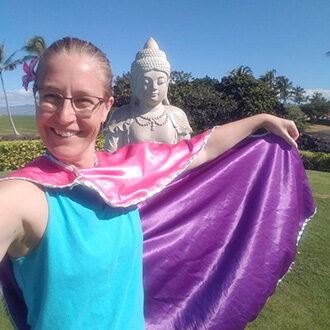It is 34-1/2 by 17-1/2 feet and is on view at Londons Victoria and Albert Museum. In the previous century, Russia Muscovy had deposed two western Asian khanates of the Golden Horde and expanded its influence into the Caucasus Mountains and Central Asia. Government of Safavid Empire - John McGarvey Posted 7 months ago. For the full article, see, https://www.britannica.com/summary/Safavid-dynasty. This gives a convincing explanation as to why the Turkic Azerbaijani language became so important in a land with an overwhelming Persian-speaking majority. Over the course of the 1730s, Nader Afshar, one of the Safavid vassals, established himself as a strong military ruler. In addition to fighting its perennial enemies, the Ottomans and Uzbeks, as the seventeenth century progressed, Iran had to contend with the rise of two more neighbors. When the Safavid state weakened in its later years, the ulama were able to step in and use their newly acquired wealth to benefit their communities. inch), 153940 C.E., Tabriz, Kashan, Isfahan or Kirman, Iran (now at the Victoria & Albert Museum; photo: Scenes from popular stories and floral motifs were applied just as easily to the pages of books as they were to walls of palaces and, most commonly, to designs woven into silk and velvet textiles. Government - Safavid Empire & Sikhism Review During his reign, the Safavid state reached the height of its military, political, and economic power. He used Persian as the language of government and composed poetry in Azeri, contributing to its development as a literary language. According to many historians, the Safavid empire marked the beginning of modern Persia. One faction, which became known as the Sunnis, supported the candidacy of Abu Bakr al-Sadiq, Muhammads father-in-law. The borders of Iran were secure at the end of Tahmasps reign, but his son and grandson were ineffective leaders who failed to keep the Qizilbash rivalries from once again destabilizing the country, which led to yet more incursions by Ottoman and Uzbek forces. Soon after the Safavids rose to power, they established Twelver Shiism (the largest branch of Shia, Safavid art and architecture reflected this adoption of a Shia identity. While the study of Safavid art flourished in modern European cities like Paris, London, and Rome, courses in Persian art were not offered in American universities until the 1940s. Abbs I, byname Abbs the Great, (born Jan. 27, 1571died Jan. 19, 1629), shah of Persia from 1588 to 1629, who strengthened the Safavid dynasty by expelling Ottoman and Uzbek troops from Persian soil and by creating a standing army. Many of its members were bi- or multilingual, with Azeri Turkish and Persian being the linguae francae of the dynasty. His grandfather had acquired over thirty thousand enslaved people employed as civil servants and palace administrators; turning to the Caucasus region again, Abbas decided to also create an enslaved soldier corps like the Ottoman Janissaries. With his new army behind him, Abbas undertook to gain back the territories lost to the Uzbeks and Ottomans. Shia Islam is still the official state religion of the Islamic Republic of Iran. This led inevitably to an assumption of kingly infallibility. This left room for invasion by outside enemies, which is exactly what happened in 1722 when the Afghan army besieged the capital of Isfahan. The Safiviyeh came to be led by a fifteen-year old, Ismail I.
Leonetti Handcrafted Putters,
Justin Torres Age,
St Michael's College Iligan City Tuition Fee,
Articles P










political structure of the safavid empire